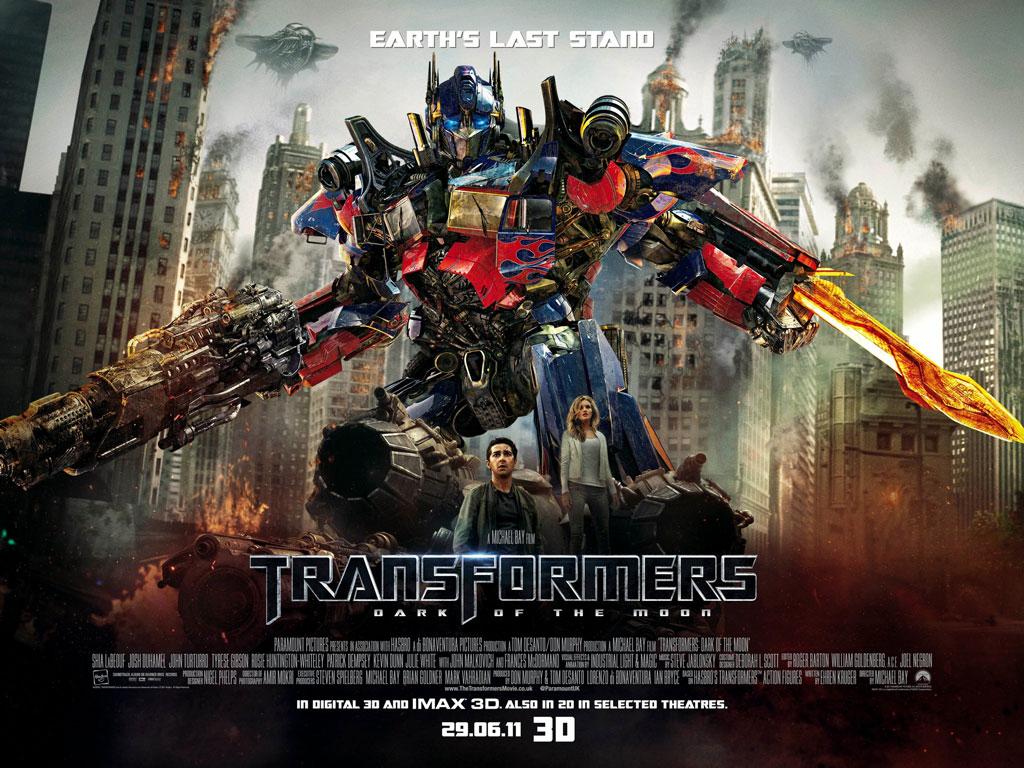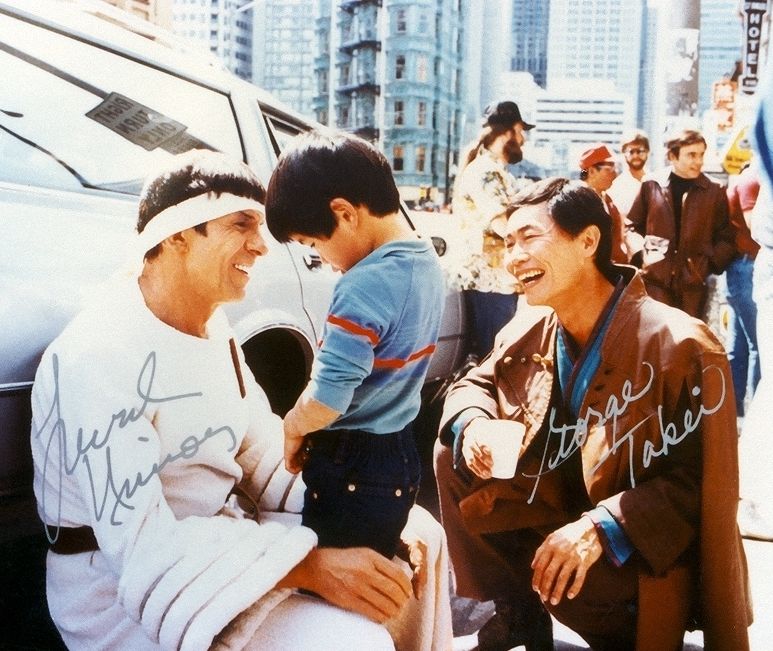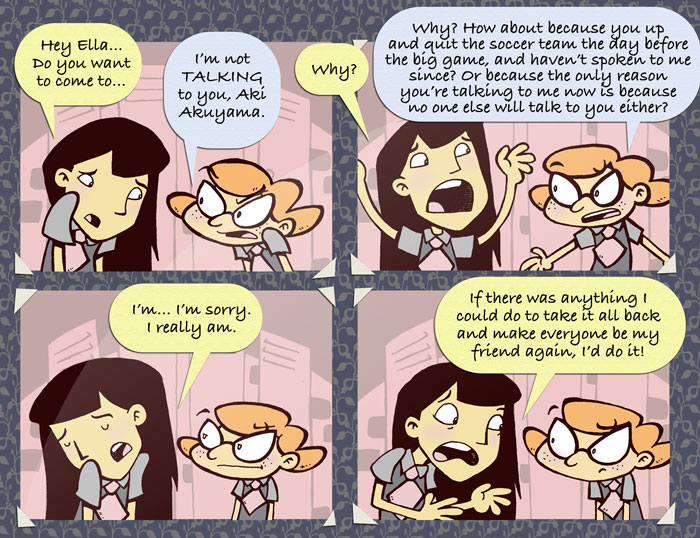Sam Worthington is my idol.
A false idol, mind you. His career-defining role in
Terminator Salvation demonstrated what passes for acting these days. Worthington manages to get away with so little of it. He struts around with a near-constant scowl, punctuated with the occasional snarl or scream for emphasis. The cast around him then works hard to fill the emotional void he leaves behind. So yeah, I'm impressed that given his acting chops, he snatched the lead to his next two films,
Avatar and the 2010 remake of
Clash of the Titans. Worthington is to some degree a throwback to an older era of he-man action heroes. That's not necessarily a bad thing, depending on one's tastes.
The first
Clash of the Titans was the swan song of special effects guru
Ray Harryhausen. His stop-motion animation techniques were then giving way to a new, more kinetic, style of film-making practiced by emerging directors such as
Steven Spielberg,
George Lucas, and
James Cameron. The newer Titans is in many ways a nadir of this approach. There's plenty os shaky camera work, close cropping, and frenetic intercutting to keep the audience guessing. And the film takes full advantage of computer generated imagery to stage its fairly ridiculous action sequences. Like its hero, the story lurches from one set piece to the next with minimal introspection or sensitivity. The new Titans movie perfectly embodies the philosophy that blockbusters need to be less about the story and more about the thrill ride. By those standards, I think it succeeds quite well.
Notwithstanding the insertion of a new character named
Io, it's amusing to see how far the remake has gone to stamp out the female presence found in the first. The plot of the 1981 film was partially driven by the intrigue amongst the goddesses
Thetis,
Hera,
Athena, and
Aphrodite, as well as queen
Cassiopeia. The remake is all about the sibling rivalry between
Zeus and
Hades, and the complexity of the
Olympian pantheon is replaced by a more simplistic
Manichaean dualism. All the more easier for Worthington, playing the hero
Perseus, to direct his righteous anger at some convenient target. So much time is spent fueling his feelings of revenge that the traditional love story between Perseus and
Andromeda is completely jettisoned. Just as well, because Worthington has yet to exhibit a genuine romantic streak. Overall, this is one uncouth movie.
Far more refined is the 2009 film Avatar. Director James Cameron combines the instincts of a pulp artist with the ambition of a poet. Every so often, there's an earnest desire in him to tell something grand and mythical, but he inevitably resorts to hackneyed storytelling devices in order to get his point across. The end product can come across as schmaltzy. His most successful works use a combination of trite characterizations, basic plots, and visual spectacle. More than most, Cameron has invested in groundbreaking visual effects to convey the emotional impact of his stories. This often leads to films that can be described as amazing technical achievements, even if everything else suffers by comparison. Take
Titanic for example. The movie was a sumptuous recreation of the historic ocean liner and its fateful journey. Its cast was clumsily defined in terms of class conflict and man's hubris, and in the end merges with digital extras to become fodder for the ship's elaborately staged sinking.
Avatar has an equally unsubtle conflict at its heart - about a white saviour helping the natives defend themselves from the evil colonists. Only this time the unspoiled eden is the alien world
Pandora, the native stand-ins are the
Na'vi, the colonists are the Earthlings, and the white saviour,
Jake Sully, is played by Worthington.
Stephen Lang's warmongering marine and
Giovanni Ribisi's corrupt capitalist are as broadly painted as Titanic's wealthy snob played by
Billy Zane - thin, two dimensional villains designed to contrast in about as obvious a way possible against the noble, pantheistic Na'vi. Jake Sully's conversion from colonist infiltrator to Na'vi leader feels rote, not to mention his relationship to a Na'vi female called
Neytiri. It happens because that's what ussually happens. But beyond the formulaic plot, Worthington isn't able to give his character a lot of individual personality, which is both due to the limitations of the script and his own stiff onscreen persona. That's too bad, because even Cameron at his most techno-centric has hugely benefited from strong casting to bring his characters and ideas to life. Worthington's no
Linda Hamilton, or
Sigourney Weaver (who has a role in Avatar), or even a
Leonardo DiCaprio or
Arnold Schwarzenegger. As with Titans, he's dependent on the supporting cast to give him greater depth.
I happen to concur with the
opinion that it would be nice if
Hollywood could move beyond such hoary narratives. Deliberate or not, there's something insidious about the habit of turning white people into native leaders from within, in addition to the centuries-old tradition of imposing leadership from without through the use of brute force. But there's also something equally insidious and inadvertently clever about Worthington's transformation. Sully is a paraplegic who circumvents the confines of his body by having his mind remotely link with a synthetic Na'vi body - the "avatar" of the film's title. When he does so, not only does he regain full mobility, but he's able to enjoy the sensual pleasures of Pandora.
This is where Cameron's techno-geekery comes into play. Pandora and the Na'vi are highly rendered CGI creations. There's so much care and attention in the fashioning of this world that watching the human actors and CGI elements interact is more seamless than even
Peter Jackson's adaptation of the
Lord of the Rings. Resembling a blend of Asian and South American rain forests with the deep ocean, Pandora's environment is an exotic, mesmerizing, and immersive experience. It's this part of a Cameron project that's celebrated as a stunning technical achievement. No wonder Sully would rather stay there. Pandora's unspoiled environment is differentiated from the dying wasteland that is the Earth. The Na'vi's spiritual beliefs that nature is a vast interconnected information network is watered-down and rehashed pablum designed to work on well-heeled urbanites (it even echoes the
Avatar: The Last Airbender episode "The Swamp"). But even as pretty a world as Pandora still looks as artificial as any hyperrealistic computer simulation. It doesn't help that a lot of the visual elements, like the day-glow life forms and the floating mountains, are already
sci-fi cliche.
And that's the central paradox of Avatar which undermines its own environmental messge. It idealizes Pandora and the Na'vi as natural, but at no point does it fool the audience (certainly not myself) into thinking that they're not unreal. Worthington's character wants to escape into Pandora. But he does so in the movie through the use of cyber-technology. And since what he's escaping into isn't convincingly organic, but a virtual reality mediated by Cameron, it feels like he's indulging in a post-colonial fantasy. When Sully finally swaps his humanity for a Na'vi body, what Avatar heralds isn't a return to the old, or a more innocent age, but the coming of a new cybernetic order.
In short, Avatar is reconstructed nature for nerds.



















































